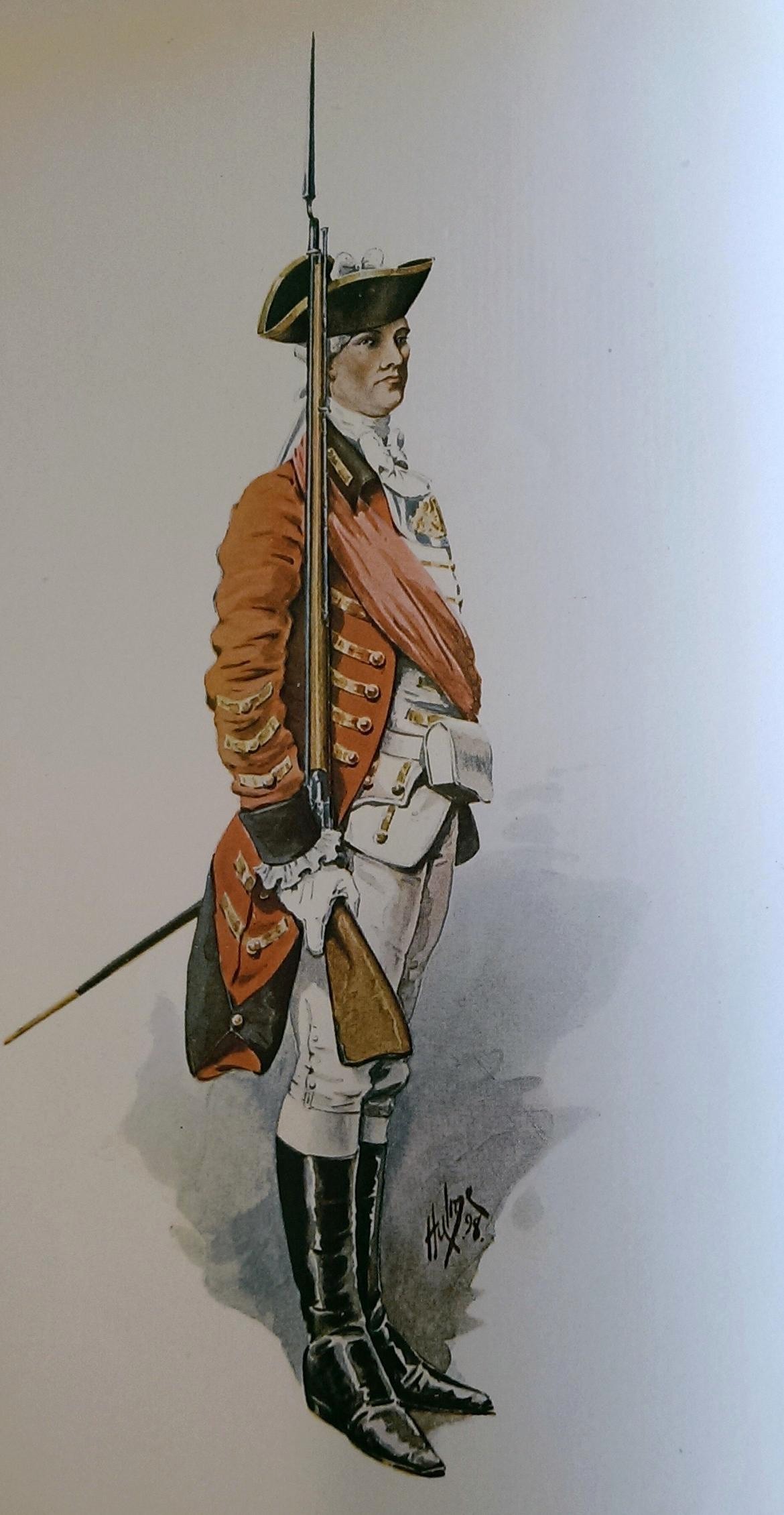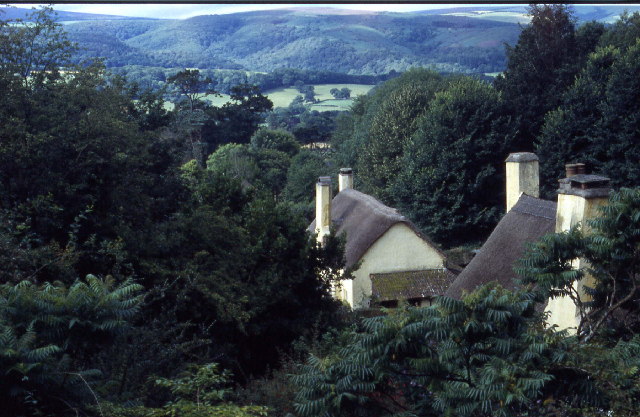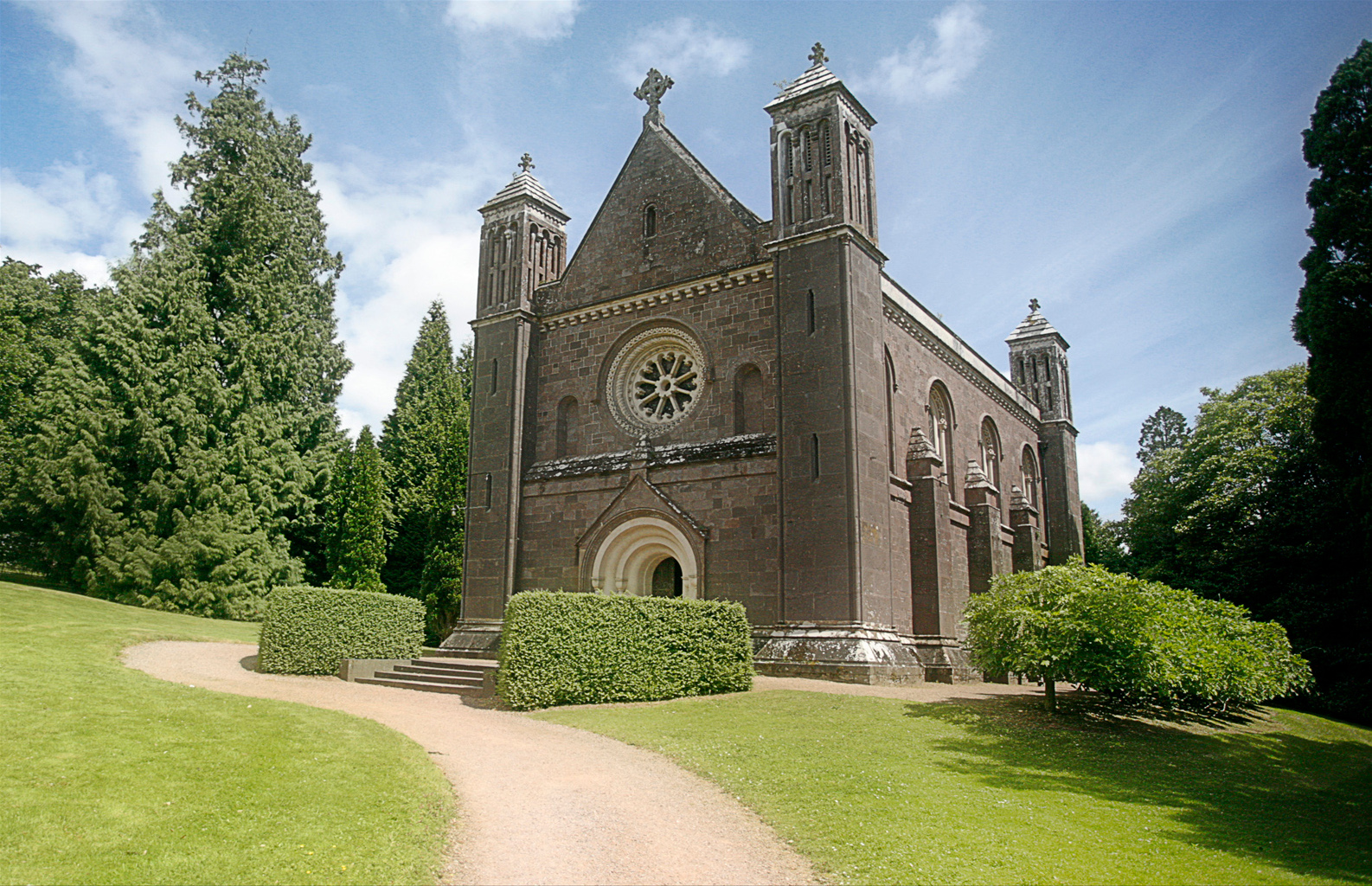|
Devon And Somerset Staghounds
The red deer of Exmoor have been hunted since Norman times, when Exmoor was declared a Royal Forest. Collyns stated the earliest record of a pack of Staghounds on Exmoor was 1598. In 1803, the "North Devon Staghounds" became a subscription pack. In 1824/5, 30 couples of hounds, the last of the true staghounds, were sold to a baron in Germany. Today, the Devon and Somerset is one of three staghounds packs in the UK, the others being the Quantock Staghounds and the Tiverton Staghounds. All packs hunt within Devon and Somerset. The Chairman as of 2016 is Tom Yandle, who was previously High Sheriff of Somerset in 1999. Season The approximate dates of the hunting season are: *Hind hunting: 1 November-28 February *Stag hunting: **Autumn: August to third week in October; formerly 12 August to 8 October, according to Collyns **Spring: last week of March; continues about three weeks List of masters * "Hugh Pollard", master in 1598. (Sir Hugh II Pollard of Manor of King's Nympton, King's ... [...More Info...] [...Related Items...] OR: [Wikipedia] [Google] [Baidu] |
Alexander Luttrell (1705–1737)
Alexander Luttrell (10 May 1705 – 4 June 1737) of Dunster Castle, Somerset, was an English politician and land-owner who served as Member of Parliament for his family's pocket borough of Minehead from 1727 until his death. He was the last in the male line of the Luttrell family, which had owned Dunster Castle since 1376. Early life and family Alexander Luttrell was born on 10 May 1705, the eldest son of Colonel Alexander Luttrell, of Dunster Castle, by his wife Dorothy Yarde, daughter of Edward Yarde of Churston Ferrers, Devon. He matriculated at Christ Church, Oxford in 1722, where he was sent with his younger brother Francis.Maxwell Lyte, Sir Henry Churchill, ''A History of Dunster and of the Families of Mohun & Luttrell'' (London, England, The St. Catherine Press Ltd., 1909), Page 222. On 18 April 1724 he married Margaret Trevelyan at St Anne, Soho, London, Westminster, England, daughter of Sir John Trevelyan, 2nd Baronet of Nettlecombe, Somerset, by whom he had a daug ... [...More Info...] [...Related Items...] OR: [Wikipedia] [Google] [Baidu] |
King's College, Cambridge
King's College, formally The King's College of Our Lady and Saint Nicholas in Cambridge, is a List of colleges of the University of Cambridge, constituent college of the University of Cambridge. The college lies beside the River Cam and faces out onto King's Parade in the centre of the city. King's was founded in 1441 by King Henry VI of England, Henry VI soon after founding its sister institution, Eton College. Initially, King's accepted only students from Eton College. However, the king's plans for King's College were disrupted by the Wars of the Roses and the resultant scarcity of funds, and then his eventual deposition. Little progress was made on the project until 1508, when King Henry VII of England, Henry VII began to take an interest in the college, probably as a political move to legitimise his new position. The building of the college's chapel began in 1446, and was finished in 1544 during the reign of Henry VIII. King's College Chapel, Cambridge, King's College Chap ... [...More Info...] [...Related Items...] OR: [Wikipedia] [Google] [Baidu] |
Militia (Great Britain)
The British Militia was the principal military reserve force of the Kingdom of Great Britain. Militia units were repeatedly raised in Great Britain during the Georgian era for internal security duties and to defend against external invasions. The ( 30 Geo. 2. c. 25), passed by the Parliament of Great Britain after the outbreak of the Seven Years' War, led to the rapid expansion of the British Militia in order to defend from potential French invasions. In the Kingdom of Ireland, a client state of Great Britain, the equivalent force was the Irish Militia, which saw heavy service in the Irish Rebellion of 1798 alongside British militia units. The existence of militia units in Great Britain and Ireland played an important role in freeing regular troops from the British and Irish establishments for overseas service. Background Following the restoration of Charles II in 1660, Parliament passed several acts empowering the lord-lieutenant of each county to appoint officers and raise ... [...More Info...] [...Related Items...] OR: [Wikipedia] [Google] [Baidu] |
History Of Parliament
The History of Parliament is a project to write a complete history of the United Kingdom Parliament and its predecessors, the Parliament of Great Britain and the Parliament of England. The history will principally consist of a prosopography, in which the history of an institution is told through the individual biographies of its members. After various amateur efforts the project was formally launched in 1940 and since 1951 has been funded by the Treasury. As of 2019, the volumes covering the House of Commons for the periods 1386–1421, 1509–1629, and 1660–1832 have been completed and published (in 41 separate volumes containing over 20 million words); and the first five volumes covering the House of Lords from 1660 to 1715 have been published, with further work on the Commons and the Lords ongoing. In 2011 the completed sections were republished on the internet. History The publication in 1878–79 of the ''Official Return of Members of Parliament'', an incomplete list of t ... [...More Info...] [...Related Items...] OR: [Wikipedia] [Google] [Baidu] |
Francis Basset, 1st Baron De Dunstanville And Basset
Francis Basset, 1st Baron de Dunstanville, FRS (9 August 1757 – 14 February 1835) was an English peer and politician who sat in the British House of Commons from 1780 to 1796, representing the constituency of Penryn. Early life He was the eldest son and heir of Francis Basset (1715–1769) of Tehidy by his wife Margaret St. Aubyn, a daughter of Sir John St Aubyn, 3rd Baronet of Clowance in Cornwall. His was the junior branch of the Basset family, the senior line of which was seated at Umberleigh and Heanton Punchardon in North Devon, but nevertheless his Cornish branch owned more land, and from the many mineral and tin mines within its possessions, it amassed great wealth. In 1873 (the first time such a survey had been performed) they were the fourth largest landowner in Cornwall, as revealed by the Return of Owners of Land, 1873, with 16,969 acres, after the Rashleigh family of Menabilly (30,156 acres), the Boscawens of Tregothnan (25,910 acres) and the Robartes ... [...More Info...] [...Related Items...] OR: [Wikipedia] [Google] [Baidu] |
Bradfield, Uffculme
Bradfield House is a Grade I listed country house situated in the parish of Uffculme, Devon, England, south-west of the village of Uffculme. It is one of the largest mansions in Devon, having been substantially enlarged in about 1860 by Sir John Walrond Walrond, 1st Baronet (1818–1889), to the design of the architect John Hayward, and incorporates within the Victorian structure the original mediaeval great hall, one of the largest, most ornate and best preserved in the county. Description The mediaeval great hall forms the core of the house and its tall windows are visible in the centre of the eastern front. The drawing room and Spanish Room were added as projecting gable wings to the south and north ends respectively in the 16th century, and these project forward beyond the original external wall of the hall. A small square porch and Oriel Room were added in 1604 and 1592 respectively and sit within the two corners formed by the projecting gables. In about 1860 a major e ... [...More Info...] [...Related Items...] OR: [Wikipedia] [Google] [Baidu] |
Bossington, Somerset
Selworthy is a small village and civil parish from Minehead in Somerset, England. It is located in the National Trust's Holnicote Estate on the northern fringes of Exmoor. The parish includes the hamlets of Bossington, Tivington, Lynch, Brandish Street and Allerford. At Selworthy Beacon, rising above the village, is one of the highest points on Exmoor. Its height defines as one of the 'marilyns" in England. Near the summit are a series of cairns, thought to be the remains of round barrows, and the British Iron Age Bury Castle. Bossington is separated from Porlock Bay by a shingle beach, through which flows the River Horner, forming part of the Porlock Ridge and Saltmarsh Site of Special Scientific Interest. In the 1990s rising sea levels created salt marshes, and lagoons developed in the area behind the boulder bank. The village is on the South West Coast Path. History The name of the village means "''enclosure or settlement near sallows or willows''". In the Domesday Book ... [...More Info...] [...Related Items...] OR: [Wikipedia] [Google] [Baidu] |
Petherton Park
Petherton Park (also known as North Petherton Park or Newton Park) was a Deer park around North Petherton within the English county of Somerset. The origins are unclear but the area was part of an earlier Royal Forest stretching from the River Parrett to the Quantock Hills. According to the late 13th century Hundred Rolls, King Henry II of England (d. 1189) gave William of Wrotham lands at North Petherton. During the reigns of Henry II (1154–1189) and Richard I (1189–1199), the royal forest of Petherton Park, was held from the crown by Osbert and William Dacus by grand serjeanty of being the king's Forester of Petherton. William de Plessis, who died in 1274 was granted Petherton Park and it was inherited by his son Richard de Barbeflote or Plessis. The park was the only part of the royal estate which had not been granted away from royal ownership by the end of the 13th century. From 1391 until his death in 1400 the poet Geoffrey Chaucer was one of the foresters. He was ... [...More Info...] [...Related Items...] OR: [Wikipedia] [Google] [Baidu] |
Killerton
Killerton is an 18th-century house in Broadclyst, Exeter, Devon, England, which, with its hillside garden and estate, has been owned by the National Trust since 1944 and is open to the public. The National Trust displays the house as a comfortable home. On display in the house is a collection of 18th- to 20th-century costumes, originally known as the Paulise de Bush collection, shown in period rooms. The estate covers some 2,590 hectares (25.9 km2, 6,400 acres). Included in the estate is a steep wooded hillside with the remains of an Iron Age hill fort on top of it, known as Dolbury, which has also yielded evidence of Roman occupation, namely a triple-ditched Roman fort or marching camp which is still visible in aerial photographs, despite heavy ploughing within the hill fort. Killerton House itself and the Bear's Hut summerhouse in the grounds are Grade II* listed buildings. The gardens are Grade II* listed in the National Register of Historic Parks and Gardens. History ... [...More Info...] [...Related Items...] OR: [Wikipedia] [Google] [Baidu] |






